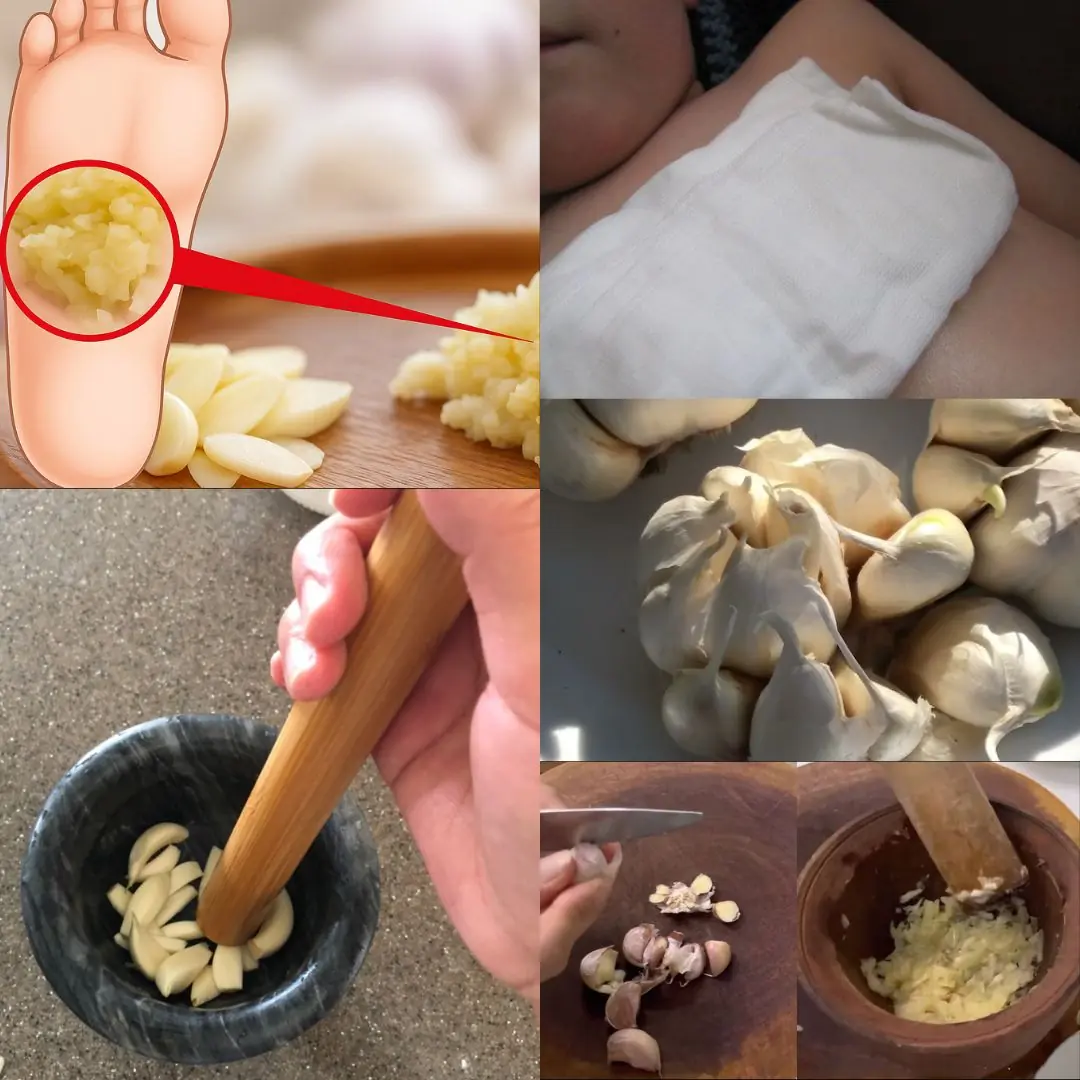
The Pain Most People Brush Off That Signals Serious Trouble
Pain is one of the body’s most important warning systems. It alerts us when something is wrong, helping us take action before a condition worsens. Yet, many people tend to ignore or dismiss certain types of pain, believing it’s “nothing serious” or just a temporary discomfort. Unfortunately, these small pains can sometimes be early warning signs of serious underlying health issues. Recognizing which pains should not be ignored could literally save your life. Here are some types of pain most people brush off—but that can signal serious trouble.
1. Chest pain or pressure
A mild ache, squeezing, or pressure in the chest is often overlooked as indigestion or muscle strain. However, this can be a major warning sign of heart disease or an impending heart attack. If the pain spreads to your left arm, neck, or jaw, or comes with shortness of breath and sweating, seek medical help immediately.
2. Lower back pain
Back pain is common, but persistent or severe lower back pain could be a sign of something more than poor posture. It can indicate kidney infections, herniated discs, or even problems with the pancreas or abdominal aorta. Pain that doesn’t improve with rest should always be evaluated by a doctor.
3. Headaches that feel different from usual
Occasional headaches are normal, but if you experience sudden, intense headaches that feel unlike your usual ones, it could indicate a brain aneurysm, high blood pressure, or even a stroke. Headaches accompanied by vision changes, dizziness, or vomiting should never be ignored.
4. Pain in the jaw or left shoulder
This type of pain, especially when accompanied by chest discomfort, is often a silent sign of heart trouble. Many people—especially women—experience heart-related pain in areas other than the chest. Don’t dismiss it as muscle soreness or fatigue.
5. Pain or numbness in the legs
Cramping or numbness in the legs that occurs while walking but improves with rest could signal peripheral artery disease (PAD). This means your arteries are narrowing, restricting blood flow. If untreated, it can lead to heart disease or stroke.
6. Abdominal pain
Stomach pain is often dismissed as indigestion or gas, but persistent or sharp abdominal pain can be caused by gallstones, ulcers, or inflammation of the pancreas or appendix. Pain in the upper right abdomen might also point to liver problems.
7. Pain in the lower leg or calf
This may seem like a minor muscle strain, but it could indicate a blood clot, also known as deep vein thrombosis (DVT). If accompanied by swelling, redness, or warmth, it’s a medical emergency because the clot could travel to the lungs.
8. Foot or heel pain
Many people experience heel pain and assume it’s just fatigue or bad shoes. However, constant pain in the foot—especially near the heel—can be a sign of plantar fasciitis or nerve damage from diabetes. Persistent foot pain should never be ignored, especially in people with high blood sugar.
9. Pain during urination or in the lower abdomen
This can be a sign of urinary tract infection (UTI), kidney stones, or prostate problems in men. Ignoring the pain can lead to severe infection or kidney damage.
10. Unexplained shoulder or upper back pain
Sometimes, pain in these areas can be referred pain from internal organs. For instance, gallbladder disease or lung conditions can cause shoulder or upper back discomfort.
When to Take Pain Seriously
Your body speaks to you through pain. Ignoring it doesn’t make it go away—it allows the problem to grow. Any pain that is persistent, severe, or unusual should be evaluated by a healthcare professional. In many cases, early diagnosis and treatment can prevent complications or save lives.
Instead of brushing pain off as “normal,” pay attention to what your body is trying to tell you. Being aware of these warning signs—and acting on them—could make the difference between catching a disease early or facing serious health consequences later.
News in the same category

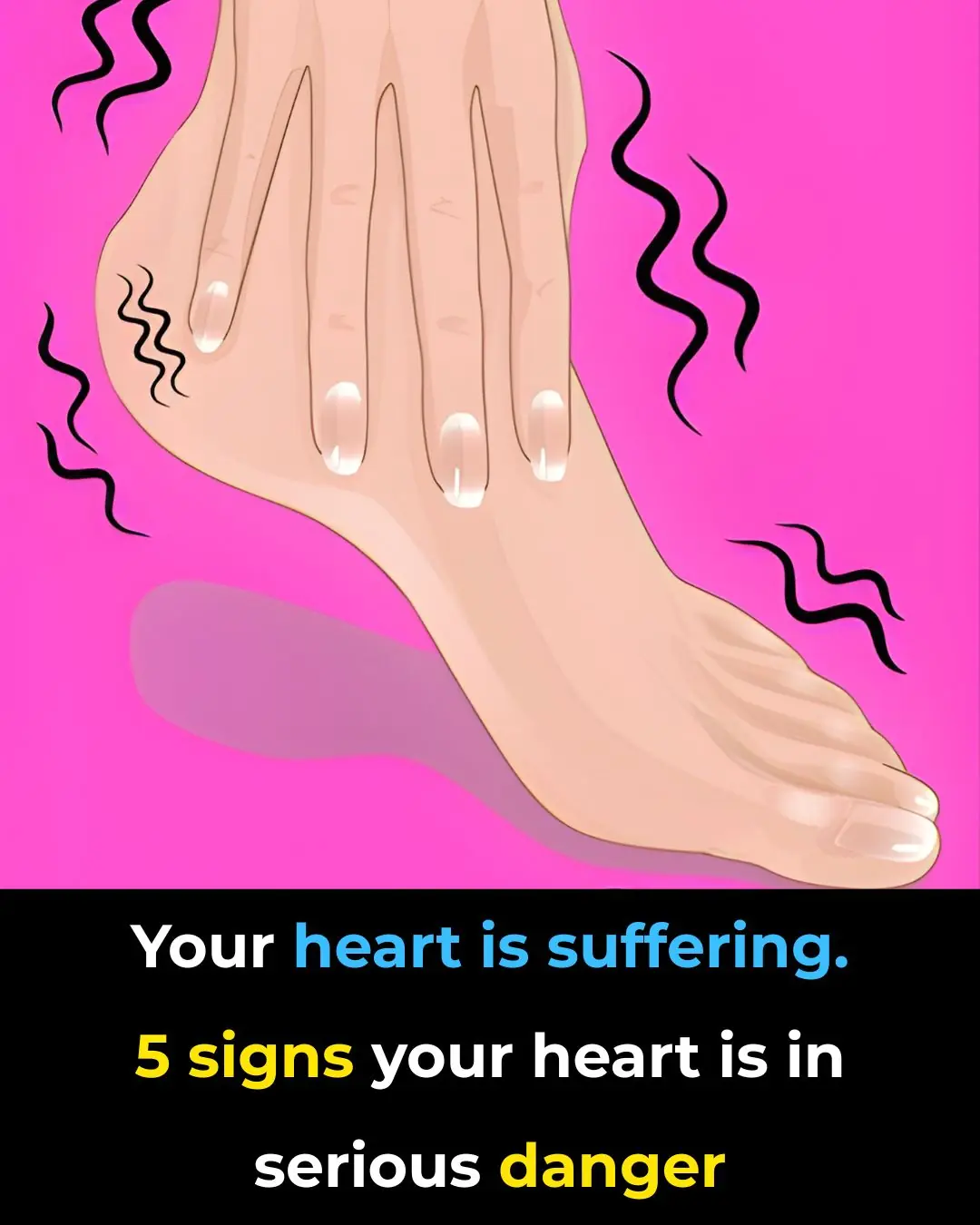
❤️ 5 Subtle Signs That May Suggest Heart Trouble – And When to See a Doctor
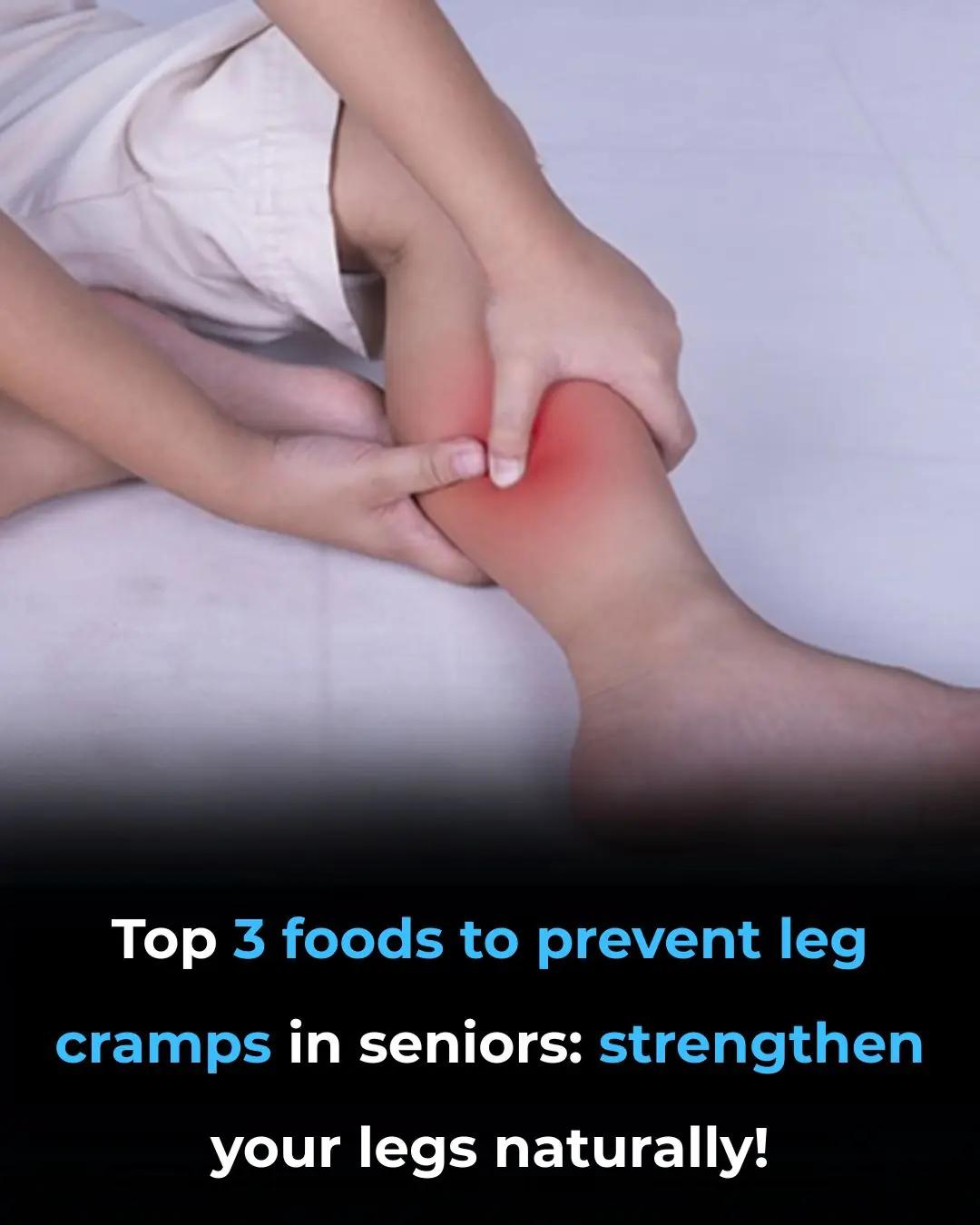
Eat these 3 foods to strengthen them…

Neckline Wrinkles 5 Tips to Prevent and Eliminate Them

The Reason Some People Keep Lemons on Their Nightstand While Sleeping

Ginger and Salt Teeth Whitening Remedy
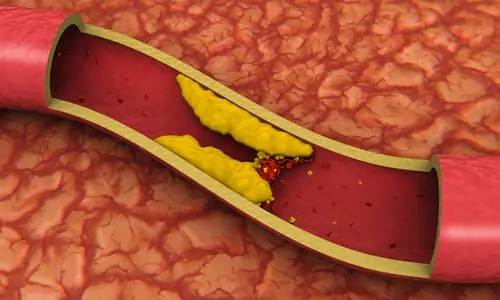
Warning Signs Your Arteries Need Cleansing and The Foods That Do It Best
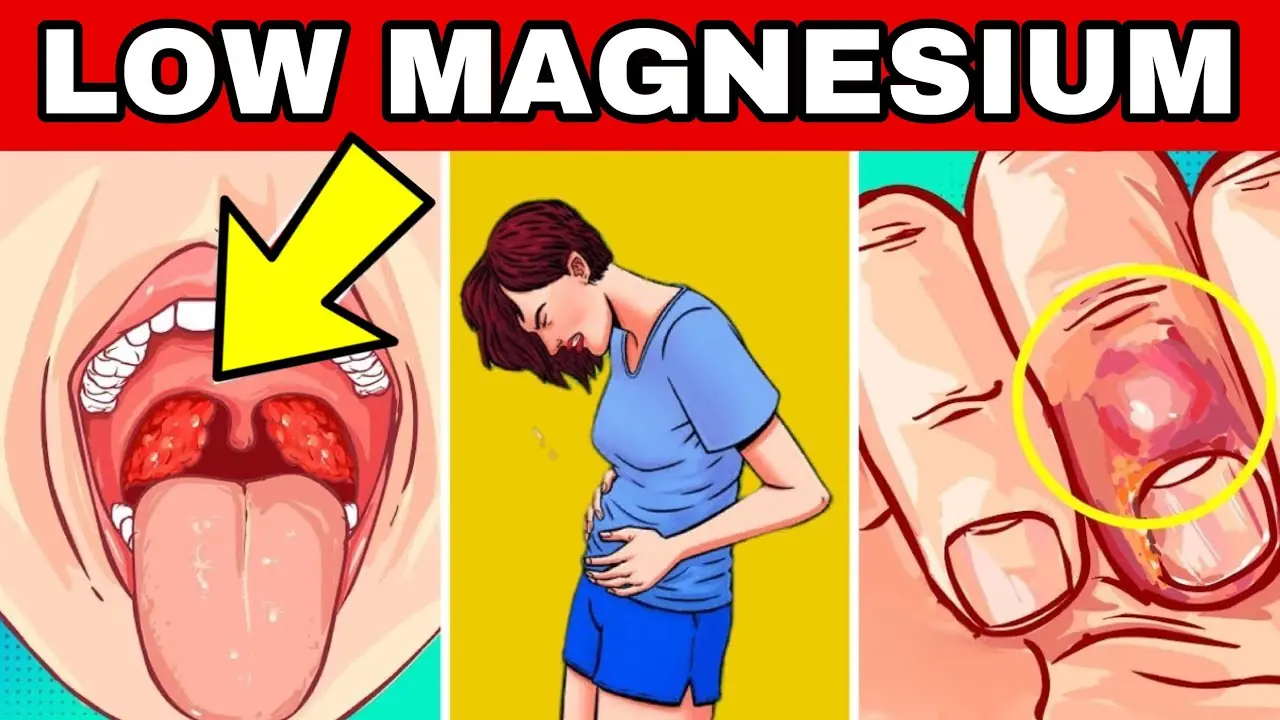
10 Warning Signs of Low Magnesium Levels and What to Do About It

The 5 fruits secretly damaging your brain after 50
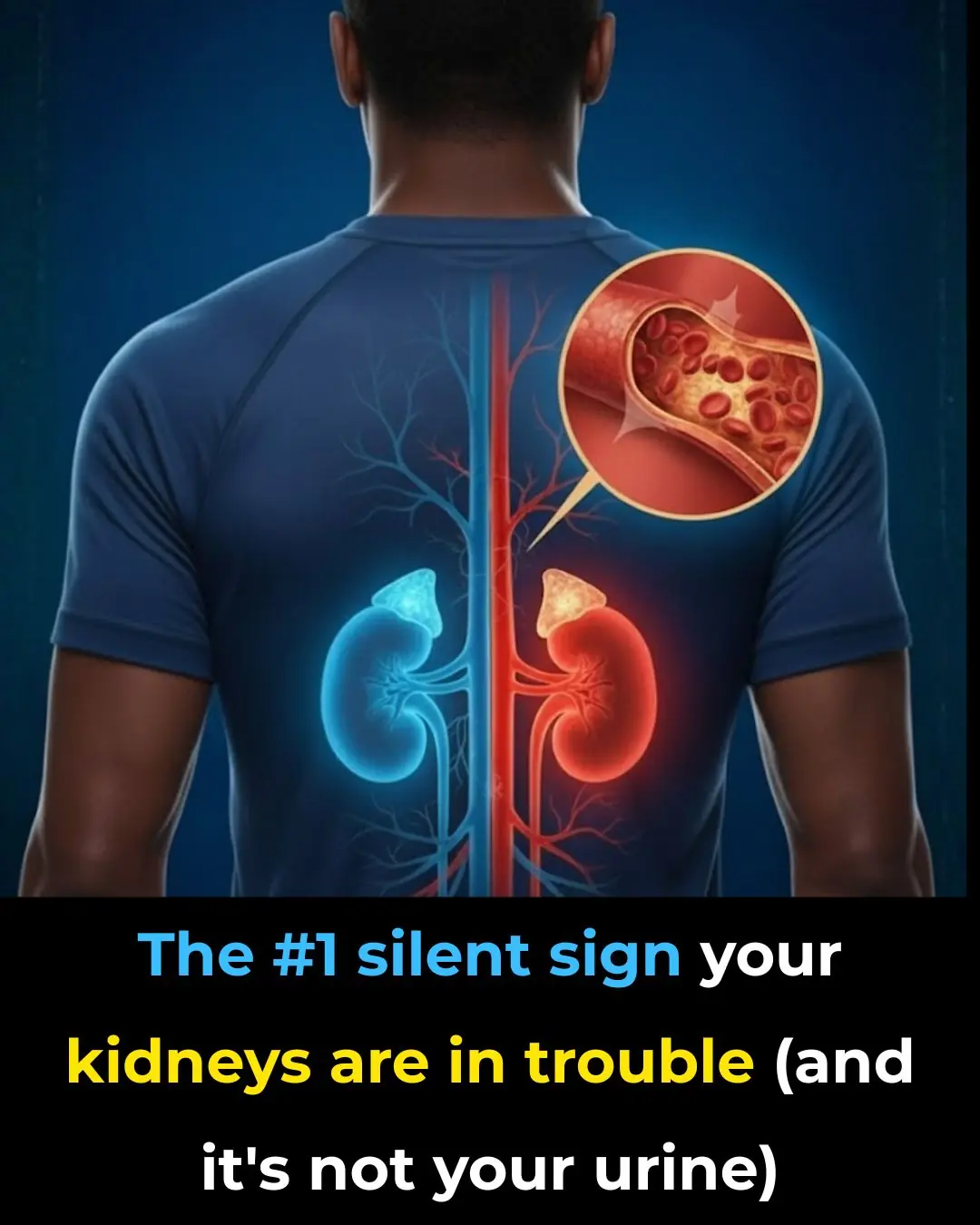
The #1 silent sign your kidneys are in trouble (and it’s not your urine)

Why Some People’s Skin Turns Red When Drinking Alcohol
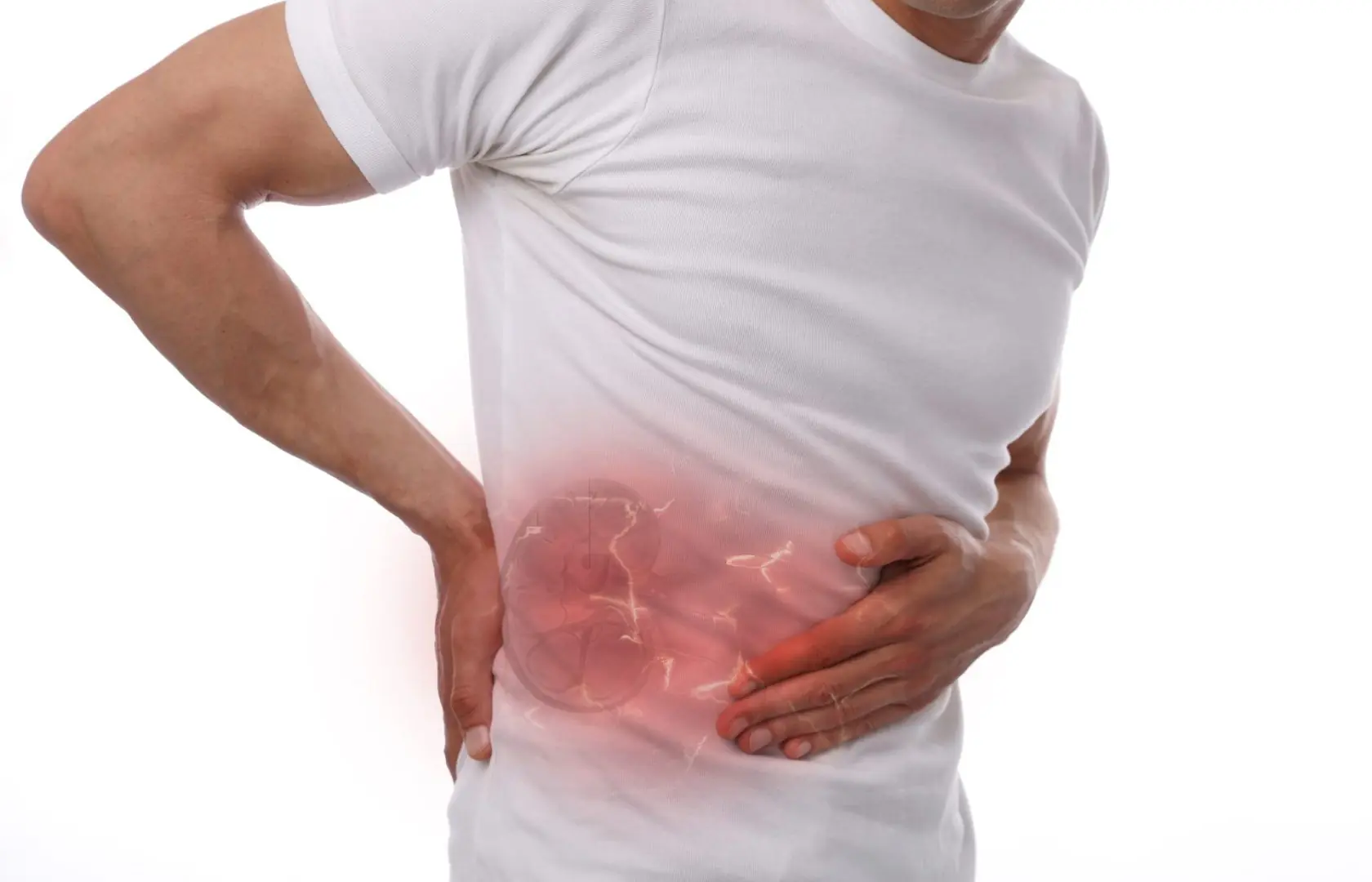
🩺 The #1 Silent Sign Your Kidneys Are in Trouble (And It’s Not Your Urine)

The 5 Fruits Silently Damaging Your Brain After 50 — And What to Eat Instead

Capsaicin: The Fiery Compound That Stops Heart Attacks and Destroys Cancer Cells

Flush Away the Hidden Toxins Damaging Your Kidneys — With These 13 Powerful Cleansing Foods

The surprising truth about eating eggs every day

Why You Should Stop Waking Up to Urinate
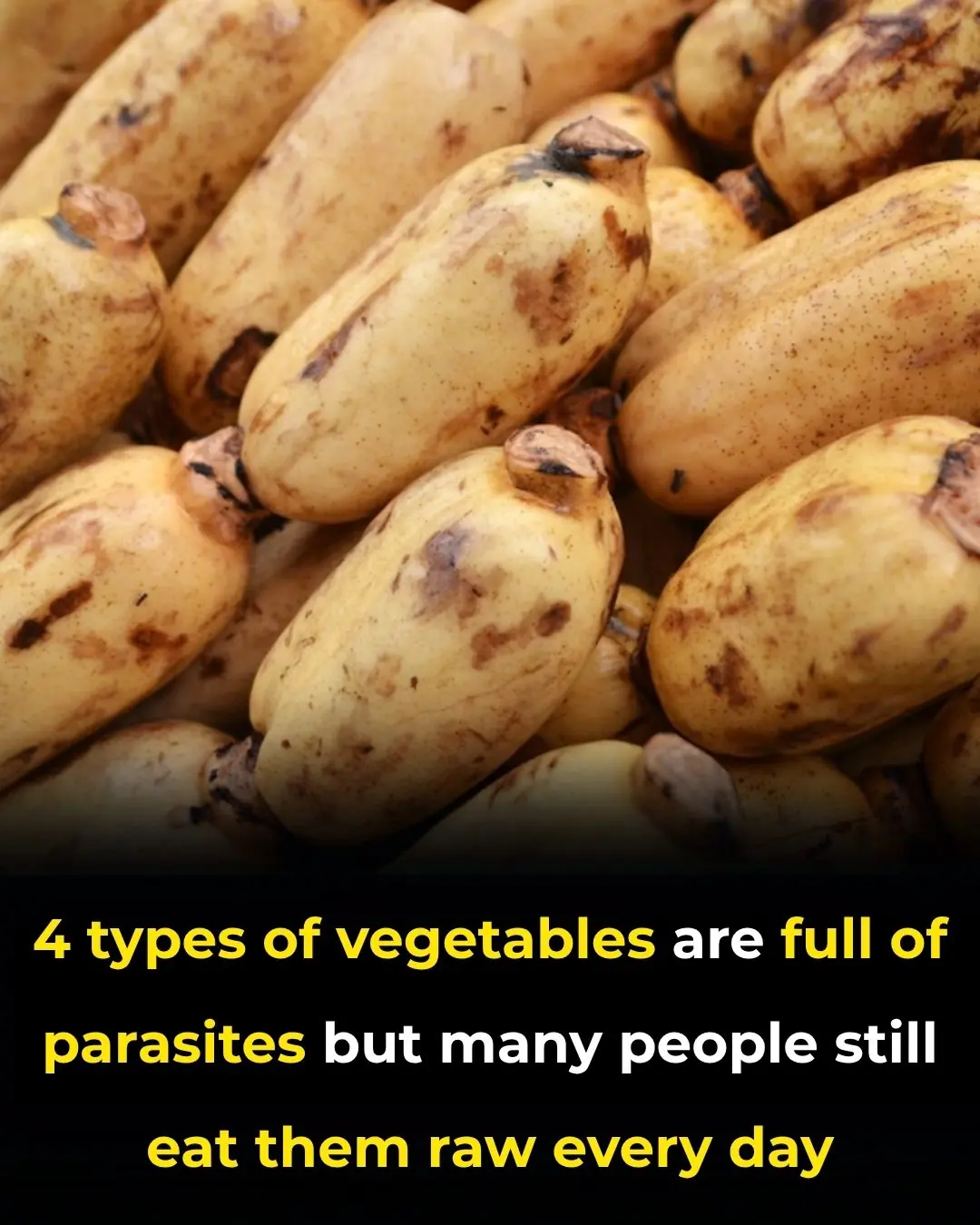
4 types of vegetables are full of parasites but many people still eat them raw every day

Hidden Dangers in Your Mouth: Early Signs of Oral Cancer
News Post
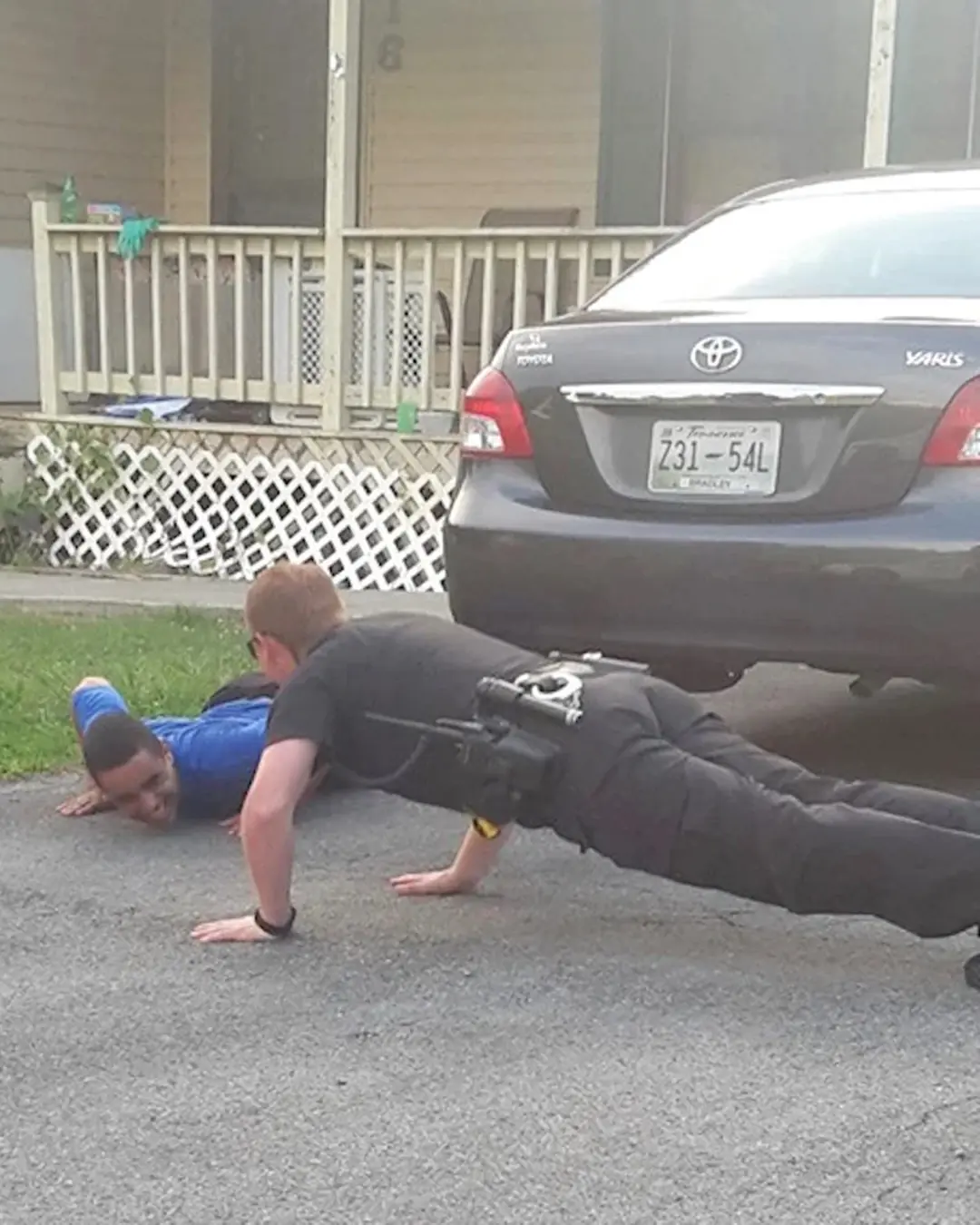
Push-Ups and Kindness: How One Deputy Reached a Boy’s Heart.

The Power of Urtica dioica: Natural Relief for Joint Pain, Arthritis, and Inflammation

The Woman at the Post Office: A Lesson in Beauty and Humanity.

James Spann: A Birthday, An Anniversary, and a Lifetime of Love
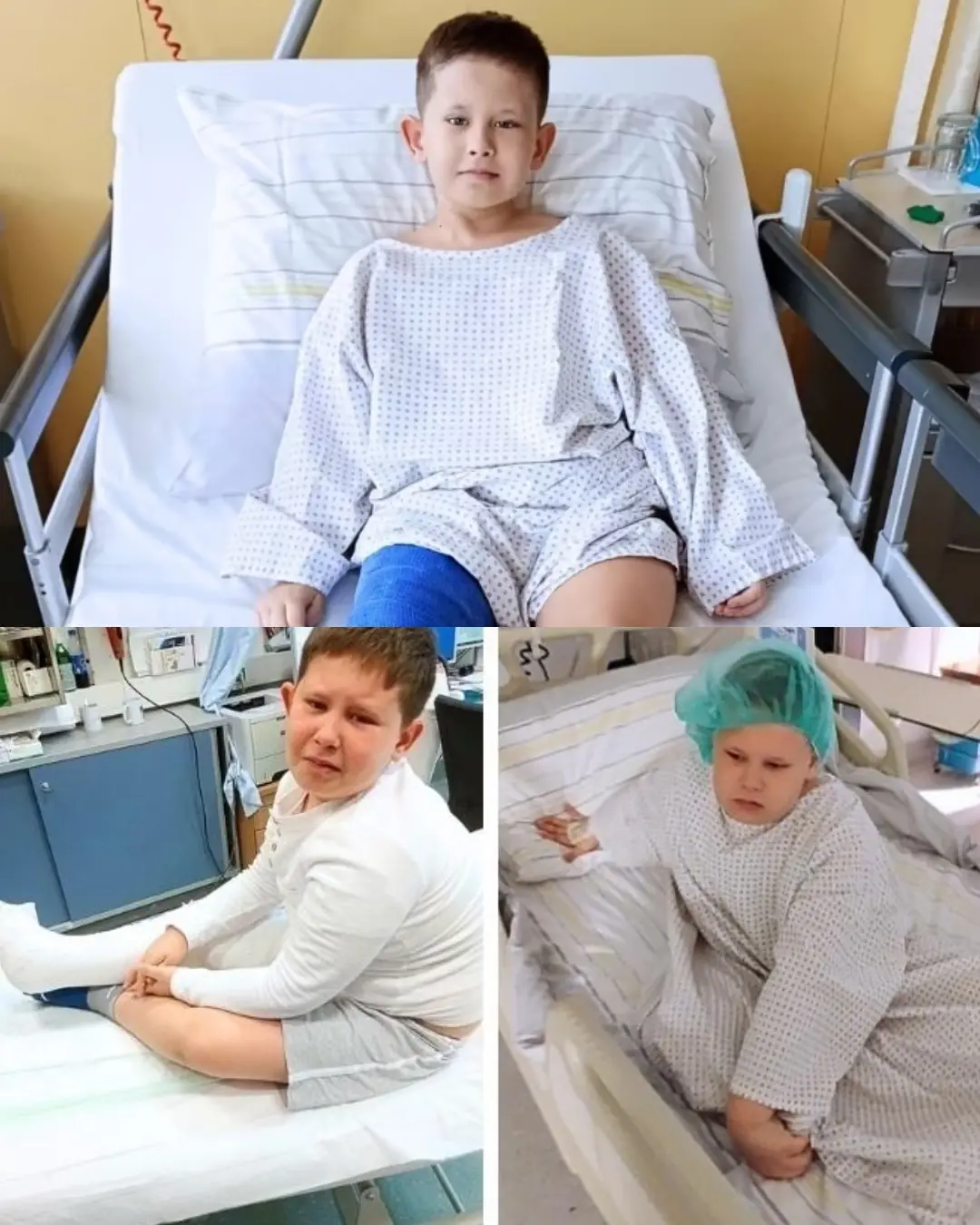
“For Alan” — A Family’s Fight Against Hemimelia

A Simple Breakfast, a Powerful Reminder: Strangers Bridge the Divide with Kindness
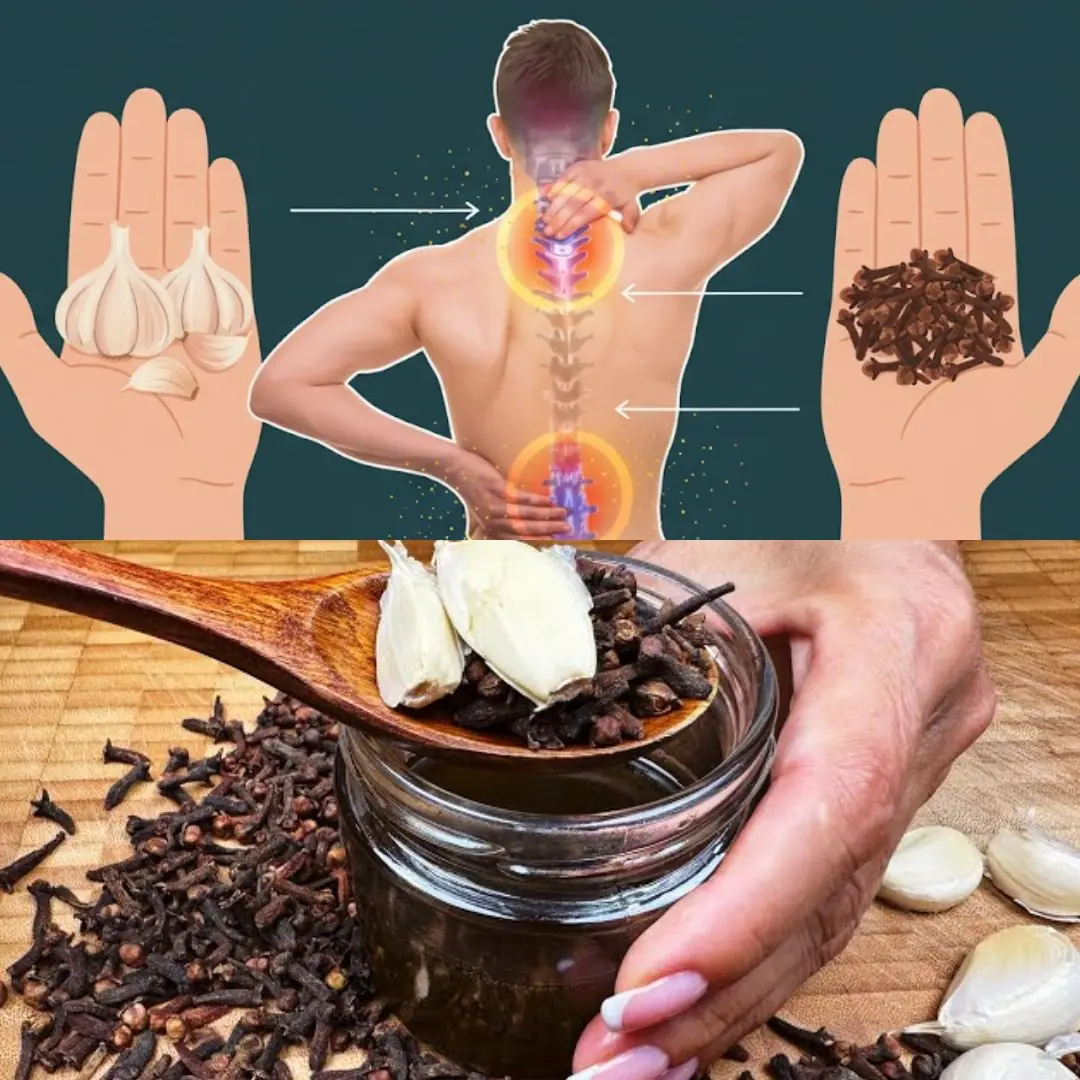
Garlic, Honey, and Cloves – a powerful natural remedy packed with health benefits
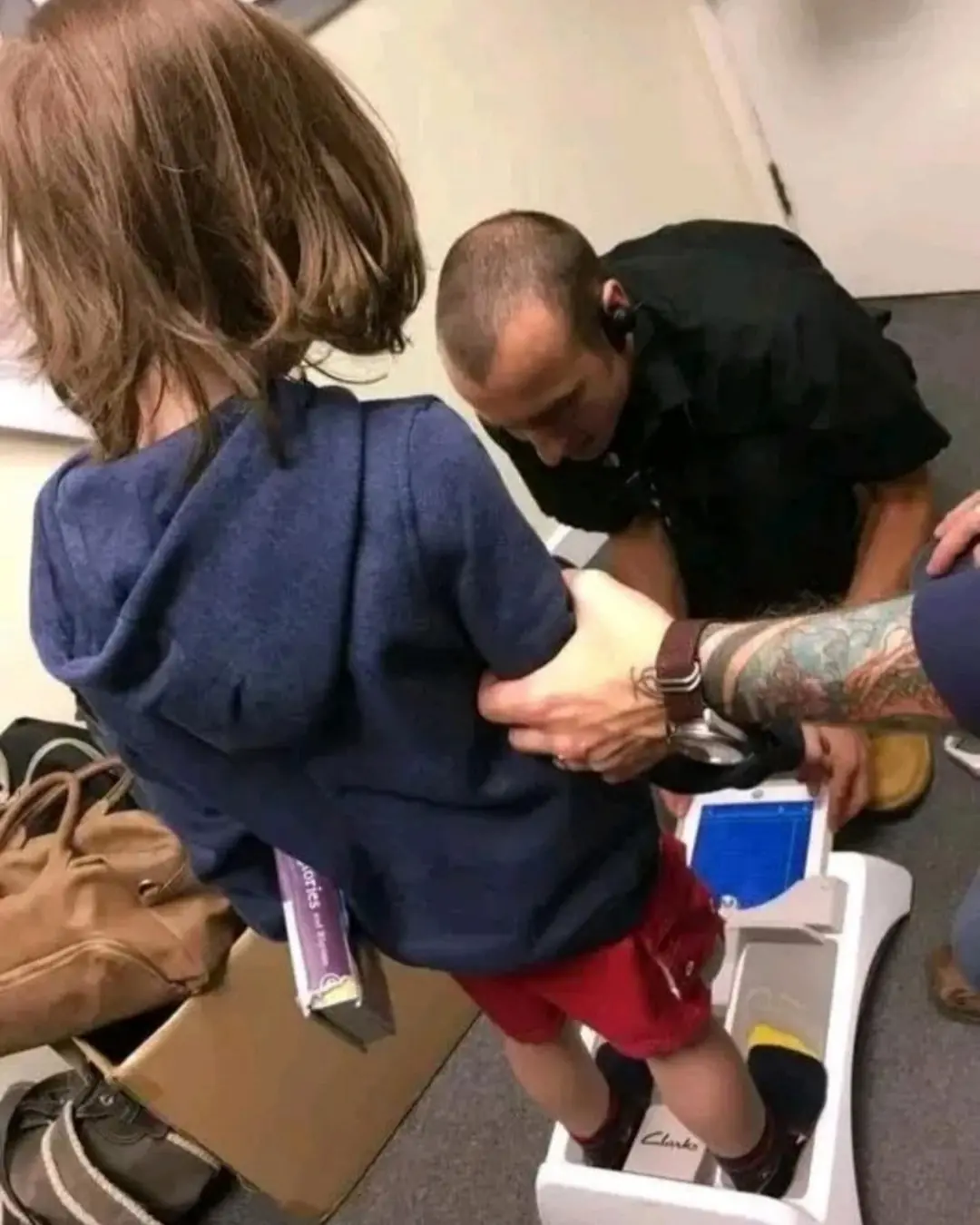
A Quiet Room, a Kind Heart, and a Pair of Shoes

From Fear to Home: A Shelter Dog’s Journey to Love
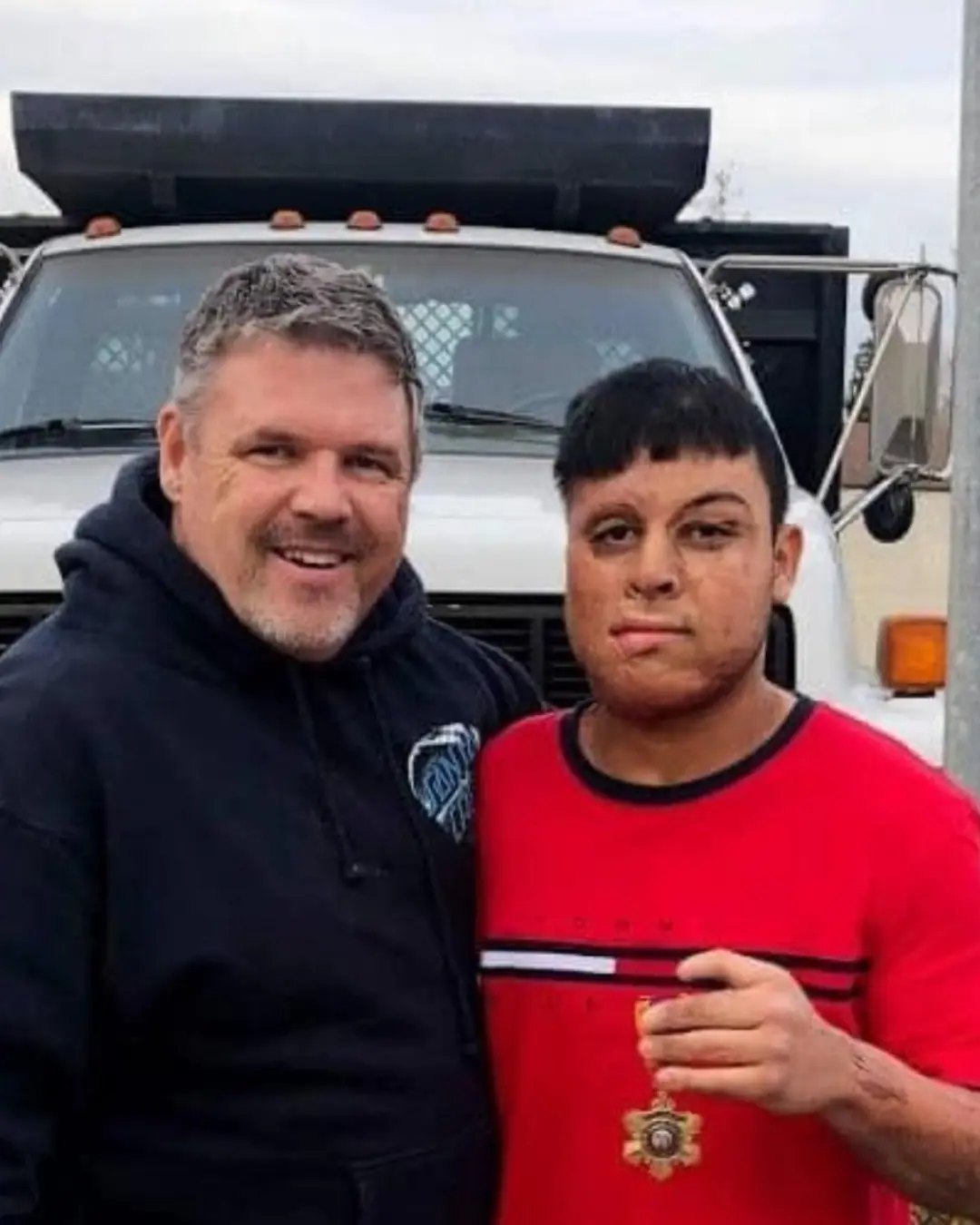
A Chance Encounter in California Reunites Hero and the Boy He Saved 13 Years Ago

The Best Tea for Mornings and After Dinner: A Powerful Blend for Health

The Goldfish Alligator: A Florida Kid's Wild Attempt at Luring a Reptile

Benefits and Uses of Papaya Flowers Soaked in Honey

The Wiener Dog and the Bear: A Friendship Lost and Found in the Mountains

Papaya releases a milky sap, but most people don’t realize how important it is

Bay Leaf – Nature’s Secret Against Wrinkles and Fine Lines

The Hidden Power of Garlic Bulbils: Nature’s Tiny Healing Pearls

Date Seeds Benefits: The Superfood Ingredient with incredible health benefits

Unlock The Incredible Health Benefits of Garlic, Ginger and Lemon for Men
